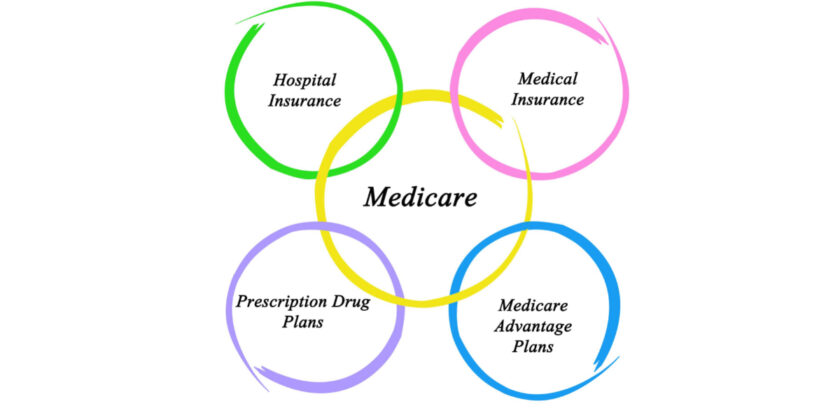Medicare Basics

Medicare
Medicare is Health Insurance for most beneficiaries, but it does not cover everything. With Medicare you are responsible for parts A and B deductibles and a 20% part B co- insurance. However, there are people who do not want Medicare because they do not want to pay the Medicare Part B premium (currently at $144.60). Regardless, canceling Medicare Part B is a mistake! It could cause you countless problems later. There are plans that can help pay for that premium. If you have low income, you could get help if you qualify for extra help with the state. Below are some other options to consider to fill the gaps in addition to Medicare Part A and B:
Medicare Advantage
Many Medicare Advantage Plans (Part C) have no monthly premium. Why the no cost? When the beneficiary enrolls in one of these plans, the Center for Medicare and Medicaid Services (CMS) sends the insurance company money every month for your enrollment. So Medicare is paying for your premium. This check is not the amount for the Part B premium. It is for a lot more. In return, the insurance company is responsible for 100% minus the co-pays, if any. The process helps Medicare reduce insurance fraud and the beneficiary gets affordable healthcare. With these plans the primary Doctor copay is usually $0 and they get a Part D prescription Drug plan. They may also include many other benefits as well with a low copays. The beneficiaries still have to continue to pay for the Part B premiums. These plans include:
- Home Maintenance Organization (HMO)
- Preferred Provider Organization (PPO)
- Medical Saving Account (MSA)
Medicare Supplement
Medicare Supplements (also known as Medigaps) are considered to be the best Medicare Plan types. It helps fill in most of the gaps that Medicare does not cover. Gaps like the 20% co-insurance and copays. No doctor networks to worry about. Medigap works differently from Medicare Advantage and is more expensive. Medigap policies are sold by private companies and these insurance companies make their profits from the monthly premiums they charge their beneficiaries, unlike from CMS like Medicare Advantage. With a Medicare Supplement…the older you get, the higher the premium. Expect the monthly premium to increase every year. All these Medicare Supplement Plans are standardize and cover the same benefits. The only difference between each Medigap plan that is offered by insurance companies is PRICE. It is recommended to compare other insurance company’s prices and switch when possible in order to obtain a lower premium.
What is Medicare Part D?
A Part D plan is medication insurance necessary to purchase prescription medication. You pay a monthly premium to an insurance company of your choice for your Part D plan. There is a copay or percentage cost that you pay, but the insurance company will pay for part of your prescription medication.
You will receive a separate Part D insurance card that can be used to pay for your prescriptions.
How does Medicare Part D work?
Here is some important information you need to know about owning a prescription drug plan:
- Annual Deductible — Sometimes, there is a deductible you must pay for a Part D plan. Your deductible may be different, or waived entirely, but the max amount you can be charged is $435 in 2020. You will pay a discounted price for your medications until you have met your deductible. After that, you will begin the initial coverage.
- Initial Coverage — During initial coverage, you pay a copay for your medications based on your insurance plan’s formulary. Each prescription drug plan separates the medications into tiers. Each tier has a copay amount for which you are responsible for. It is typically separated by generic drugs, preferred generic drugs, brand name drugs, even more specialized medications, and etc. In 2020, the initial coverage cap is $4.020. If you and the insurance company together have paid this amount, then you will enter the coverage gap phase.
- The Coverage Gap – During the coverage gap phase, you will still generally have significant discounts for generic medications. Typically, you will pay 25% for name brand medications and 37% for generic medications. Your coverage gap spending will continue until you have paid $6,350 out of your own pocket in 2020.
- Catastrophic Coverage – In this phase, if you should spend past the coverage gap, your plan will begin to pay 95% of the costs of your formulary medications for the remaining of the year.
This process resets on January 1st of every year.
This video explains Medicare. We will be going over:
- Medicare Basics (Part A, B, C, D) and coverage
- What is a Medicare Supplement
- What is a Medicare Advantage
Educación de Medicare en Español.